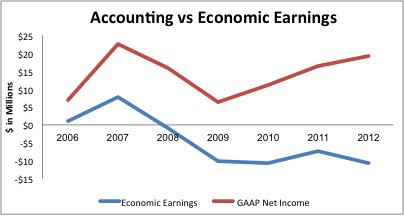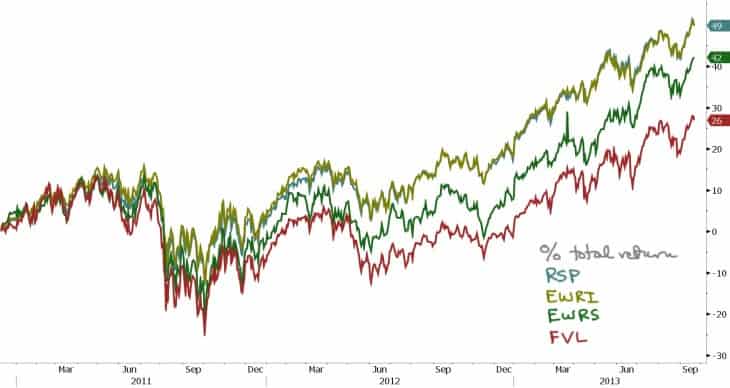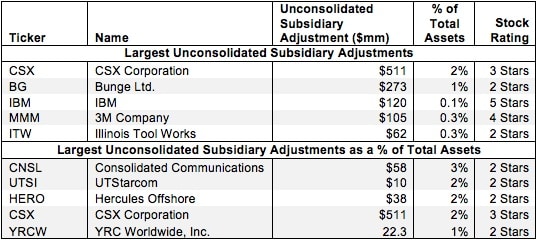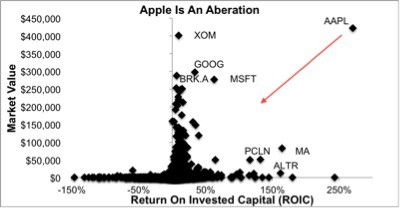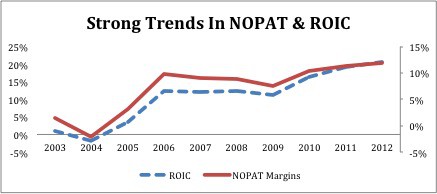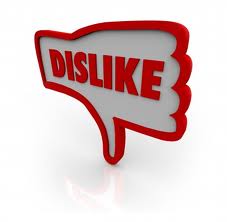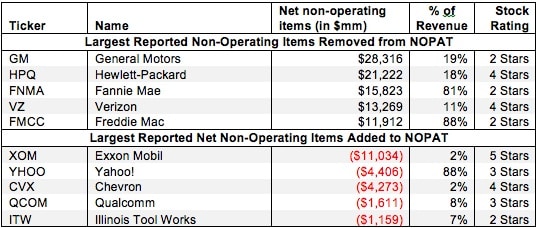Danger Zone 9/23/13: InnerWorkings (INWK)
InnerWorkings (INWK), a new addition to the Most Dangerous Stocks for September, is in the Danger Zone this week. INWK is a classic “roll-up” story that enriches corporate and Wall Street insiders while destroying shareholder value.
David Trainer, Founder & CEO
